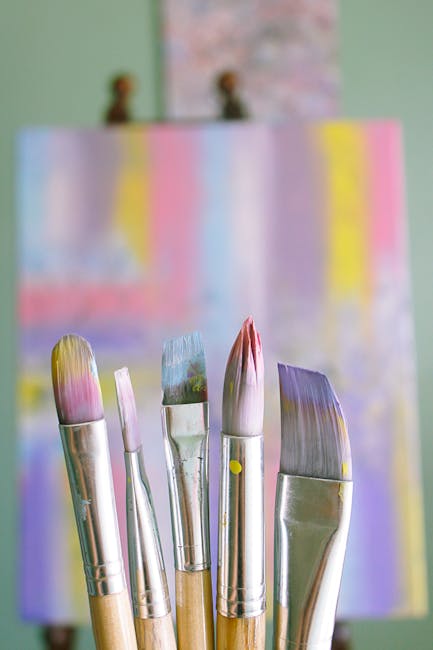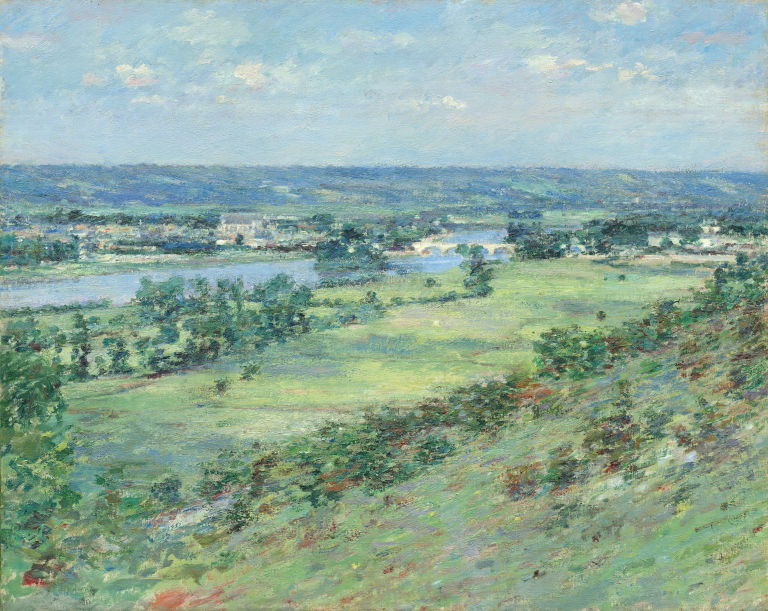Fine Art Prints
Fine art prints are copies of an original piece of artwork that have been created by a printmaker. Printmakers use a variety of different techniques to create their prints, including lithography, etching, and screen printing. Fine art prints can be made from paintings, photographs, or even digital files.
What is a Fine Art Print?
A fine art print is an art print that is created by an artist, usually as a limited edition. Fine art prints are usually made on high-quality paper using a printing process called giclée, and they are often signed and numbered by the artist. Fine art prints can be very expensive, but they are also very beautiful and collectible.
The History of Fine Art Prints
Fine art prints have a long and storied history. They were first used by artists in the 15th century as a way to reproduce their work and make it more widely available. In the centuries that followed, fine art prints became increasingly popular as a way for people to collect and display artwork in their homes. Today, fine art prints are still popular among art collectors and those who appreciate high-quality artwork.
The Different Types of Fine Art Prints
There are a variety of different types of fine art prints, each with its own unique benefits. Here is a look at some of the most popular types of fine art prints:
1. Giclée Prints: Giclée prints are high-quality inkjet prints that use fade-resistant inks and archival papers. They are often used by artists to reproduce their original paintings or photographs.
2. Lithographs: Lithographs are prints that are created by drawing an image directly onto a stone or metal plate. This type of print is often used for limited edition prints, as each print is slightly different due to the nature of the printing process.
3. Screenprints: Screenprints are created by using a stencil to apply ink onto a surface. This type of print is often used for posters or other graphic designs.
4. Digital Prints: Digital prints are created using inkjet or laser printers. These prints are often used for reproductions of artwork or photography.
5. Relief Prints: Relief prints are created by carving an image into a block of wood or other material and then inking the raised surface. This type of print is often used for illustrations or
How to Choose a Fine Art Print
 When it comes to choosing a fine art print, there are a few things you need to take into consideration. The first is the type of paper the print will be on. There are two main types of paper – glossy and matte. Glossy paper has a shiny finish and is best suited for images that are highly detailed or have bright colors. Matte paper has a more muted finish and is better for softer images or prints that you want to frame without glass.
When it comes to choosing a fine art print, there are a few things you need to take into consideration. The first is the type of paper the print will be on. There are two main types of paper – glossy and matte. Glossy paper has a shiny finish and is best suited for images that are highly detailed or have bright colors. Matte paper has a more muted finish and is better for softer images or prints that you want to frame without glass.
The second thing to consider is the size of the print. Most fine art prints are available in standard sizes, but you can also have them custom made to fit your specific needs. If you plan on framing the print, make sure to take measurements of the frame before you order so you know what size to get.
Finally, you need to decide on a price range. Fine art prints can vary greatly in price, depending on the artist, the printer, and the type of paper used. Do some research ahead of time to get an idea of what you should expect to pay. Once you have all of these factors figured out, you can start shopping around for the perfect fine art print for your home or office!
Where to Buy Fine Art Prints
There are many places to buy fine art prints, but it can be difficult to know where to start. Here are a few tips to help you find the best place to buy fine art prints for your home or office.
1. Check out local art galleries. Many gallery owners are happy to sell prints of their artists’ work. This is a great way to support local artists and get high-quality prints at the same time.
2. Search online for fine art print dealers. There are many websites that sell fine art prints from a variety of dealers. This is a convenient way to shop for prints from the comfort of your own home.
3. Ask your friends and family for recommendations. If someone you know has recently purchased a fine art print, ask them where they bought it and whether they were happy with the purchase.
4. Do some research before you buy. Make sure you know what you’re looking for in a print and what type of quality you’re expecting. Once you’ve done your research, you’ll be able to narrow down your search and find the perfect print for your home or office.
How to Frame a Fine Art Print
Framing a fine art print can be tricky- you want to make sure the frame enhances the artwork, but doesn’t overwhelm it. Here are a few tips on how to frame a fine art print:
1. Choose a frame that compliments the colors in the print. If the print is mostly neutral tones, you can go for a more bold frame. If the print has a lot of color, choose a more subtle frame.
2. The size of the frame should be in proportion to the size of the print. You don’t want the frame to overpower the artwork.
3. When matting a fine art print, use an acid-free mat board to prevent damage to the print over time.
4. Make sure the glass you use is UV-resistant to protect the artwork from fading.
By following these tips, you’ll be sure to find the perfect frame for your fine art print!
Conclusion
Fine art prints are a beautiful way to display your favorite artwork in your home. Whether you choose to frame them or not, they will add a touch of elegance to any room. With so many different types of fine art prints available, you are sure to find one that fits your style and budget.



